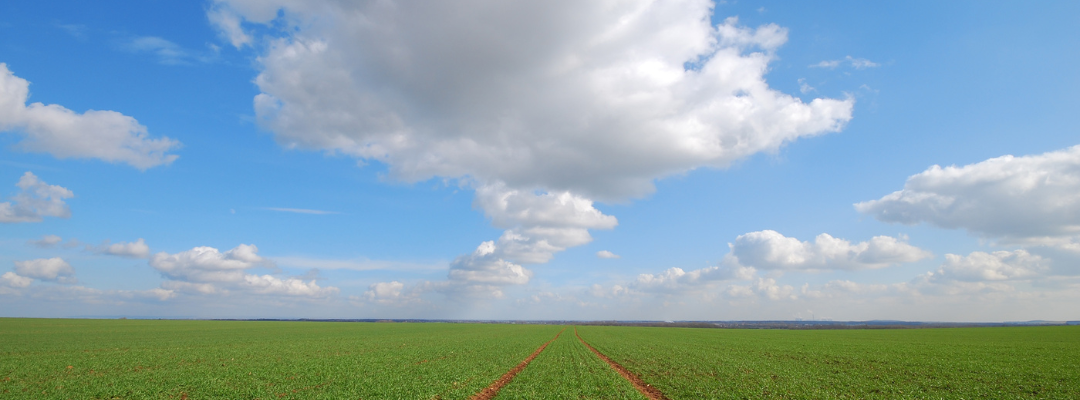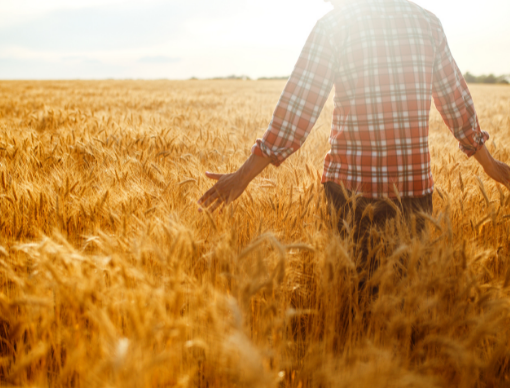Livestock Risk Protection (LRP) is an insurance policy that cattle producers can purchase to insure a minimum price level when they market their cattle. LRP policies are available daily and can be customized by the number of head (between one and 25,000 head per crop year), the insurance periods (13, 17, 21, 26, 30, 34, 39, 43, 47 or 52 weeks), and coverage levels (70-100%) of an expected price at the end of the insurance period. Additionally, a policy can be adjusted for sex, breed, and weight. Policyholders are paid an indemnity payment at the end of an insurance period if the actual price is lower than the insured coverage price. LRP has been available to producers since 2003, but the purchase of LRP policies by feeder and fed cattle producers has been low. In 2019 and 2020, the premium subsidy rate for LRP was increased. The adjustment reduced the insurance premium cost to producers. The premium subsidy increased to 20% from 13% of the total premium cost in 2019. Then, in 2020, a tiered subsidy rate was set. Subsidy rates became 35% for coverage between 95–100%, 40% for coverage between 90–94.99%, 45% for coverage between 85–89.99%, 50% for coverage between 80–84.99%, and 55% for coverage between 70–79.99%.
We recently published research analyzing the impact of the premium subsidy rate increase on feeder and fed cattle LRP costs and, as expected, found these changes reduced the cost of LRP to producers (Boyer and Griffith 2023a, 2023b), but we were still not sure how producers responded to these lower premiums until recently. The figure below shows the number of policies sold and head of cattle insured by year in the US under LRP. Starting in 2021, there has been an increased interest in LRP feeder cattle policies, with purchases and the number of head insured nearly tripling. While the increase in LRP sales is higher than before, purchases of LRP relative to the cattle eligible for LRP coverage is still low. It should also be noted that other factors than the subsidy rate could be driving the increased use of LRP (i.e. risk experienced due to COVID-19, recent feeder calf price increases).

References
Boyer, C.N., and A.P. Griffith. 2023a. “Subsidy Rate Changes on Livestock Risk Protection for Feeder Cattle” Journal of Agricultural and Resource Economics 48(1):31-45. (Link)
Boyer, C.N., and A.P. Griffith. 2023b. “Increasing Livestock Risk Protection Subsidies Impact on Producer Premiums” Agricultural Finance Review 83(2):201-210. (Link)
Boyer, Chris, Charley Martinez, Enchun Park, Andrew Griffith, and Karen L. DeLong. “Uptick in Livestock Risk Protection for Feeder Cattle.” Southern Ag Today 3(24.2). June 13, 2023. Permalink








